Playlist: The 20 best albums from 1968
From the arrival of heavy rock through to a revival in roots-based music, the albums released half a century ago reflected society’s chaos and upheaval. Graeme Ross compiles a list of favourites, topped by an all-time classic that never even charted on either side of the Atlantic
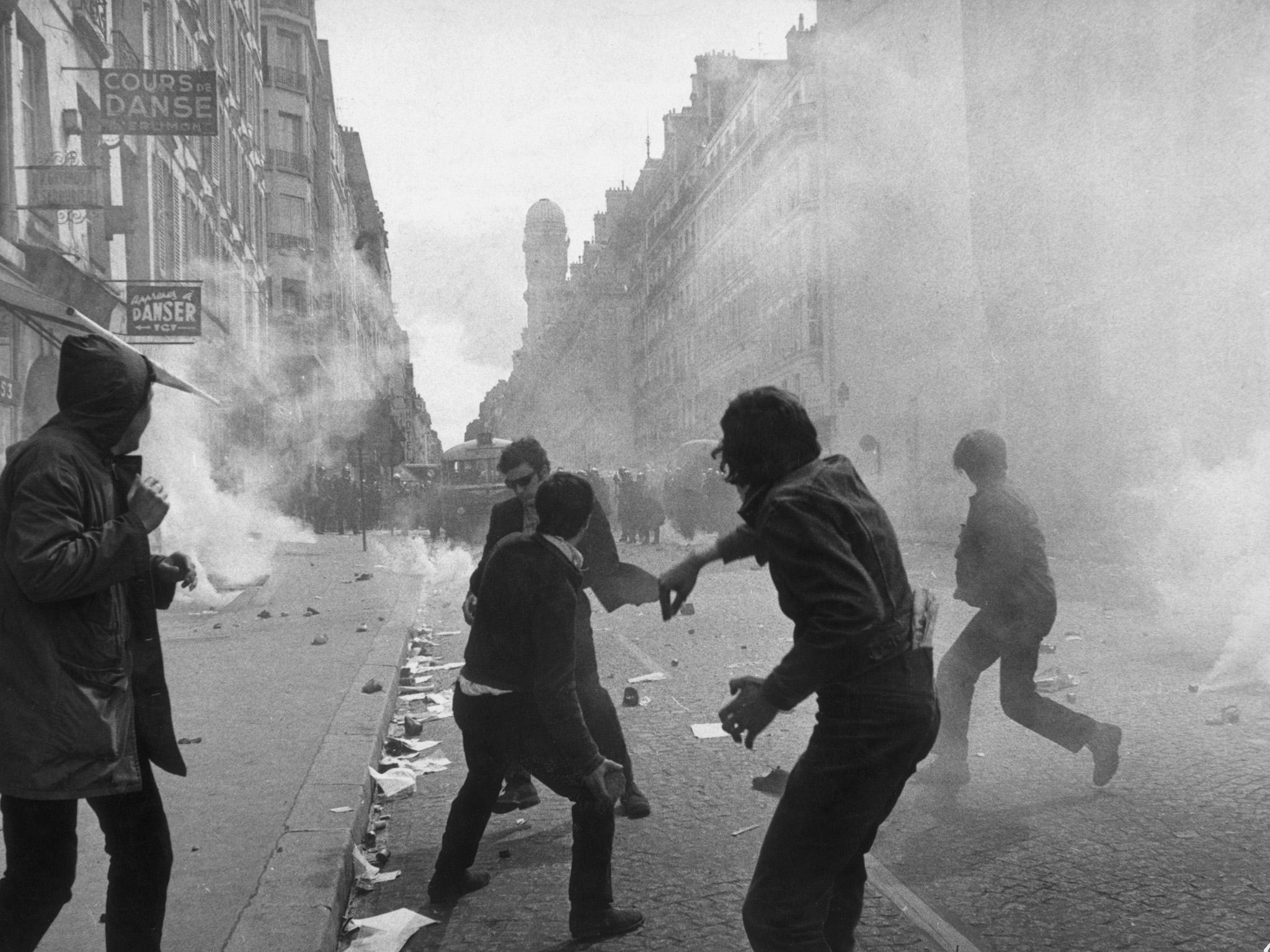
Your support helps us to tell the story
From reproductive rights to climate change to Big Tech, The Independent is on the ground when the story is developing. Whether it's investigating the financials of Elon Musk's pro-Trump PAC or producing our latest documentary, 'The A Word', which shines a light on the American women fighting for reproductive rights, we know how important it is to parse out the facts from the messaging.
At such a critical moment in US history, we need reporters on the ground. Your donation allows us to keep sending journalists to speak to both sides of the story.
The Independent is trusted by Americans across the entire political spectrum. And unlike many other quality news outlets, we choose not to lock Americans out of our reporting and analysis with paywalls. We believe quality journalism should be available to everyone, paid for by those who can afford it.
Your support makes all the difference.After the heady daze and smorgasbord of musical treasures of 1967, 1968 was the year that rock music finally grew up. It was the year that album sales outstripped singles for the first time, with the album cover – following on from 1967’s Sgt Pepper and The Velvet Underground and Nico – becoming an intrinsic part of the whole long player experience.
The double album came of age and new genres like heavy rock sprung up. Psychedelia was still a prevailing trend but there were also folk and blues revivals as artists looked to the past as they moved forward. The move towards a more rootsier, stripped-back approach to the music caught on and informed much of the best music of the year.
Soul music, still reeling from the loss of Otis Redding, was very much in rude health in the form of Stax and Motown, with the latest black music offshoot – psychedelic soul – just about to go stratospheric. In the wider world the idealistic peace and love vibe of 1967 had given way to the grim reality of global unrest as Russian tanks rolled into Prague and the war in Vietnam escalated.
Martin Luther King Jr and Robert Kennedy were assassinated and there were riots and uprisings in major cities around the world. 1968 was a pivotal year for social and world changing events, and as befitting the new mature status of the medium, much of the turmoil and upheaval was reflected in the music. Was 1968 a better year for music than its predecessor? I’ll leave you to make your own mind up about that, but in the meantime, here is my list of the best 20 albums of 1968.
20 The Impressions – This Is My Country
Sweet Chicago soul with a message from the group that brought us exquisitely romantic songs such as “Gypsy Woman” and life-affirming civil rights anthems “People Get Ready” and “Keep On Pushing” in the first half of the Sixties. And there are some gorgeous love songs on this album too, with Curtis Mayfield’s beautiful falsetto doing full justice to Donny Hathaway’s “Gone Away”, but as you would expect from black music’s foremost social conscience in a year of revolution, riots and assassinations, Mayfield addressed more pressing issues on “This Is My Country”. Opening track “They Don’t Know” references King’s death, (“Another friend has gone, we’ve lost another leader”), and Mayfield gave notice of his own black pride on the stirring title track on which he both celebrates and condemns the country that his people populate.
19 The Steve Miller Band – Sailor
Before becoming a massive FM favourite in the 1970s with radio-friendly hits like “The Joker” and huge albums such as Fly Like an Eagle, Miller was at the forefront of the San Francisco psychedelic movement, and Sailor represented the pinnacle of that phase of his career. The hugely atmospheric instrumental “Song for Our Ancestors” featuring ships’ sirens recorded in San Francisco harbour sums up the whole psychedelic era perfectly. The souped-up “Living in the USA” and a cover of “Gangster of Love” hark back to Miller’s blues roots, and Miller’s cohort Boz Scaggs brilliantly pilfers the riff from “Jumpin’ Jack Flash” for the driving “Dime-a-Dance Romance” – however, Sailor’s finest cut may well be the Beatlesque “Dear Mary”, a deceptively whimsical declaration of love.
18 The Incredible String Band – The Hangman’s Beautiful Daughter
Acid-drenched psychedelic folk like nothing heard before or since from the forerunners of world music. The Incredible String Band, in the shape of Robin Williamson and Mike Heron, were the ultimate hippy band but this album exploded from the underground into the mainstream, reaching the top five in the album charts. The musicianship on a diverse array of exotic instruments is absolutely outstanding, and the result is a collection of songs alternately complex, mystical and fey, with the 13-minute “A Very Cellular Song” a particular highlight.
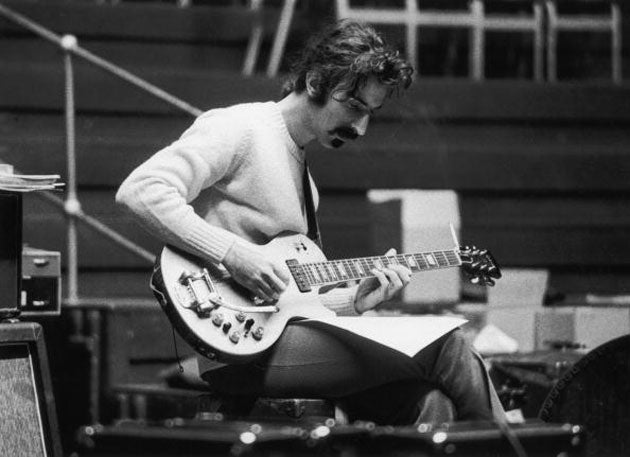
17 The Mothers of Invention – We’re Only in It for the Money
On which Frank Zappa (above) and the Mothers took no prisoners, utilising a range of musical styles from doo-wop and pop to the avant-garde, interspersed with novelty ditties, to direct their ire on easy targets like cosy suburbia, hippies, psychedelia and flower power. Even sacred cows like the Beatles received a caning with We’re Only in It for the Money’s cover lampooning Sgt Pepper’s and the album’s scathing wit left many a record executive shifting uncomfortably in their seat as Zappa’s collective established themselves as America’s foremost social chroniclers and commentators. Not to everyone’s taste, but the tremendous musicianship and biting satire of We’re Only in It for the Money hold up well. Go with the flow and you may well be rewarded.
16 The Small Faces – Ogdens’ Nut Gone Flake
Speaking of album covers, this classic of late-Sixties psychedelia laced with the band’s trademark mod charm came encased in a sleeve resembling a tin of piped tobacco. The other gimmick, alternative language comic Stanley Unwin’s narration linking the songs on the second half of the album, is now extremely annoying, but with fantastic performances on songs such as “Afterglow (Of Your Love)”, “Song of a Baker”, the dreamy title track, and the cockney mash-up and blissful haze of the cherished “Lazy Sunday” single, that can be forgiven. Ogdens’ Nut Gone Flake proved to be both this much-loved band’s finest achievement and last hurrah, as they split early the following year when singer and guitarist Steve Marriott left to form Humble Pie with Peter Frampton.
15 Otis Redding – Dock of the Bay
This posthumous release serves as a poignant reminder, if one was needed, of the scale of the loss of Redding who had perished in an air crash in December 1967. The famous and beloved title track hinted tantalisingly at a new mellow direction for Redding and the remainder of the album, made up of various singles and B-sides such as “Ole Man Trouble” and “Don’t Mess With Cupid”, plus “Tramp”, a sparkling duet with Carla Thomas, and the impossibly romantic “I Love You More Than Words Can Say”, stands comparison with any of the King of Soul’s classic recordings.
14 The Zombies – Odyssey and Oracle
The St Albans quintet had scored a huge hit as early as 1964 with the evocative “She’s Not There” but their star had fallen since and they had actually broken up prior to the release of this masterpiece of baroque pop, its ethereal beauty exemplified by the enduring “Time of the Season”. Featuring ambitious jazz-influenced arrangements, heavenly harmonies and, soaring high above it all, the unmistakable breathy tenor of Colin Blunstone, Odessey and Oracle’s reputation has grown over the years with the Zombies reuniting at regular intervals to play the entire album in all its majestic glory.
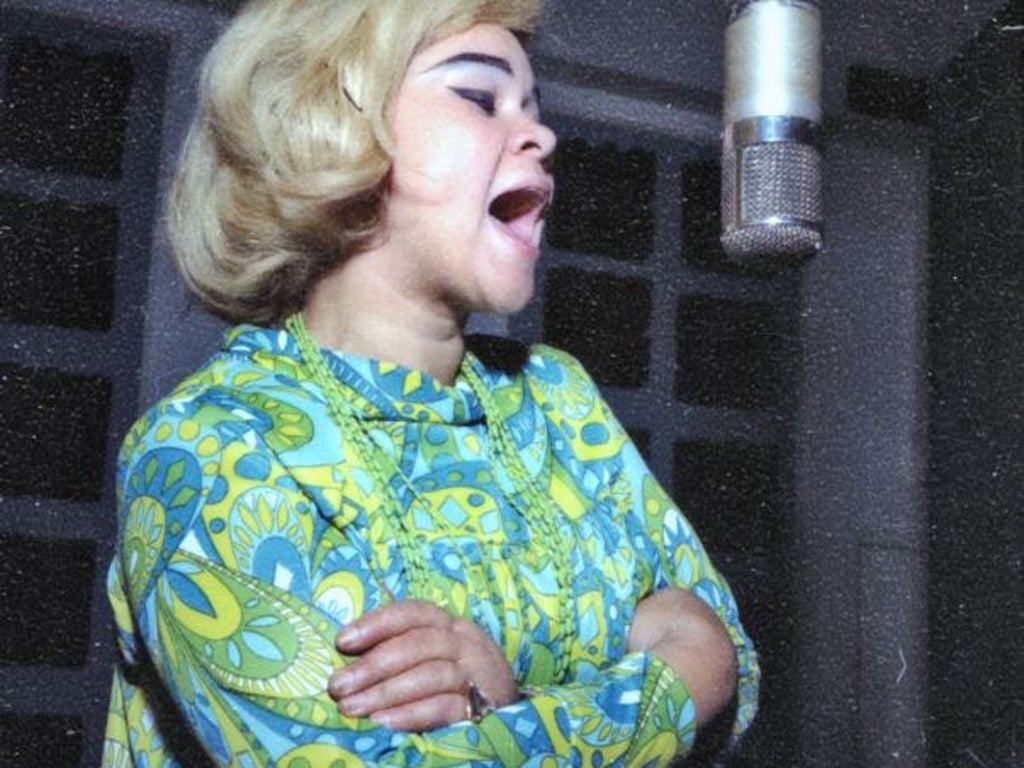
13 Etta James – Tell Mama
Jamesetta Hawkins had made her name on Chicago’s Chess label as a rhythm and blues shouter nonpareil, establishing her 1960 recording of “At Last” as her signature song. A downturn in James’ career due to drug addiction led to a relocation to the FAME Studios in Alabama with the peerless Muscle Shoals session band and the limitless potential of one of the great soul voices was fulfilled. Highlights of Tell Mama include a searing cover of Otis Redding’s “Security”, a gritty take on “Steal Away”, the stirring title track and a supremely moving “I’d Rather Go Blind”.
12 Randy Newman – Randy Newman
Now fully rehabilitated, Newman’s debut album was a resounding commercial failure with the declaration on the rear cover “Randy Newman Creates Something New Under the Sun” perhaps explaining why. Newman’s voice of course didn’t help matters, (he is up there with Dylan and Neil Young as one of the great non-singers), but the record-buying public just wasn’t ready for Newman’s spare, sardonic treatises on a variety of off-kilter subjects. In “Davy the Fat Boy” an obese orphan is exploited in a carnival freak show. “Love Story” traces a marriage from youthful romance to old age and death in a care home, while themes of loneliness and isolation permeate “Living Without You” and “Bet No One Ever Hurt This Bad”. The contradiction of the album was the lustrous orchestration flowing over the dark material, as on the heartbreaking “I Think It’s Going to Rain Today”, one of Newman’s bleakest yet most beautiful songs.
11 Spirit – Spirit
Even in an era of rampant experimentation, pioneering LA quintet Spirit stood out from the crowd thanks to their innovative synthesis of rock, folk, jazz and blues. Throw in classical influences and the result was some of the most distinctive, eclectic music of the psychedelic era. Two superb albums from Spirit bookmarked the year, with their eponymous debut standing the test of time well, but follow-up The Family That Plays Together is even better, capturing Spirit’s multi-layered approach perfectly. Spirit’s only hit, the riff-laden “I Got a Line on You”, opens the album, seguing into the seamless, gloriously trippy trilogy “It Shall Be”, “Poor Richard” and “Silky Sam”, and the rest of the album just flows effortlessly with 17-year-old guitarist Randy California in masterful form.
10 Johnny Cash – At Folsom Prison
1968 was a year of personal and artistic rehabilitation for The Man in Black, with his marriage to June Carter and this landmark record. Cash’s edgy outlaw persona found the perfect conduit with this live recording of two concerts he gave for a literally captive audience at Folsom State Prison, California, in January 1968. The inmates readily identified with Cash’s blue-collar, man-of-the-people performance and the result was one of the great live albums containing memorable performances of some of Cash’s most famous songs, including “I Got Stripes”, “25 Minutes To Go”, and of course, “Folsom Prison Blues”. Cash would successfully repeat the jailhouse formula the following year with a live recording of a gig at San Quentin.
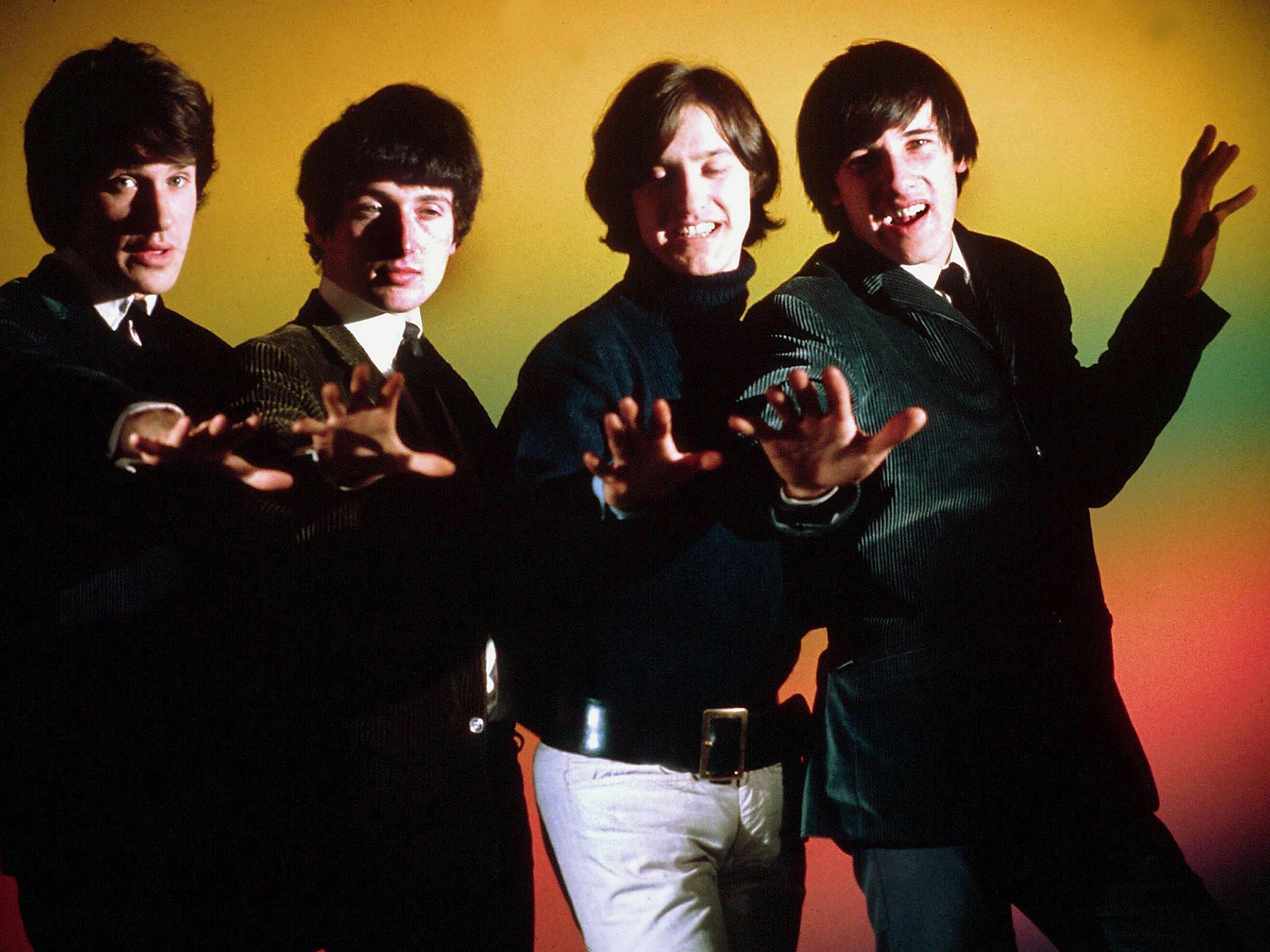
9 The Kinks – The Kinks Are the Village Green Preservation Society
There is no better example of the shift in emphasis from singles to albums in 1968 than the greatest singles band these isles have ever produced embracing the concept of the concept album. On this nostalgia-filled record, Ray Davies celebrated an England that may never have existed, of old values and traditions, with the title track a list of things he believed were worth saving. (“God save little shops, china cups and virginity”) while noting that progress might not be all it was cracked up to be (“We are the skyscraper condemnation affiliates”). The album failed to chart but there was consolation of sorts with the wistful beauty of “Days”, which was originally on the album then withdrawn, illuminating the singles charts.
8 The Byrds – Sweetheart of the Rodeo
For a band in a state of disarray, with founder members David Crosby, Michael Clarke and Gene Clark all having left the group, the Byrds didn’t half have a productive 1968 with not just one but two classic albums. The first outing of the year, The Notorious Byrd Brothers was notable for its breathtaking sonic experimentation and sheer quality of the material, but by the time of its release the Byrds consisted of just two core members, Roger McGuinn and Chris Hillman. Enter Southern scion Gram Parsons, who had a vision of blending old-style country music with rock. The Byrds’ previous albums had betrayed their country leanings and McGuinn and Hillman, who were always one step ahead of the game, anticipated the shift towards more traditional sounds and welcomed Parsons aboard. The Byrds then became the first high-profile rock band to enthusiastically embrace country music and while Sweetheart of the Rodeo wasn’t the first country rock album, it was surely the most influential with re-workings of the traditional (“I Am a Pilgrim”), countrified Dylan covers (“You Ain’t Going Nowhere”) and most significantly, startlingly authentic Parsons songs that became country standards – “Nothing Was Delivered”, “Hickory Wind” and “One Hundred Years from Now”. Parsons didn’t hang around too long in the Byrds, leaving shortly after the album’s release, hooking up for a spell with Keith Richards in a relationship that would influence subsequent Rolling Stones recordings.
7 Simon and Garfunkel – Bookends
Listening to “Old Friends” from Bookends now with its line “How terribly strange to be seventy”, it comes as a shock to realise that these two old but frequently disconnected friends are now nearer 80 than 70. Fifty years ago the duo were fresh from their success with The Graduate soundtrack, and Simon’s growing confidence and ambitions were realised with this superbly crafted set of songs on the American way of life, incorporating the twin themes of ageing and relationships. Bookends was a huge transatlantic success and although Bridge Over Troubled Water may be the default S&G album, this is their finest achievement, from the autumnal chill of “Hazy Shade of Winter” to the ubiquitous “Mrs Robinson” and the melancholy beauty of the aforementioned “Old Friends” to the anthemic personal journey of “America”, one of the top five Paul Simon songs.
6 The Jimi Hendrix Experience – Electric Ladyland
The last Hendrix album with the Experience was a double of epic proportions, with guest appearances from Steve Winwood and Jefferson Airplane’s Jack Casady, indicating that Hendrix’s bountiful imagination needed a broader outlet than the confines of a trio. Nevertheless, Hendrix once more constructed a dazzling soundscape every bit the equal of Are You Experienced and Axis: Bold as Love, his groundbreaking albums of the previous year. Hendrix hated the album’s sleeve featuring naked women and in some shops it was actually sold in a brown cover, but the music within was his most experimental with a transformed beyond-all-recognition “All Along the Watchtower”, the posthumous single “Voodoo Chile (Slight Return)”, an incendiary “Crosstown Traffic” and the jazzy “Rainy Day, Dream Away” just a few of the fantastic performances on the album.
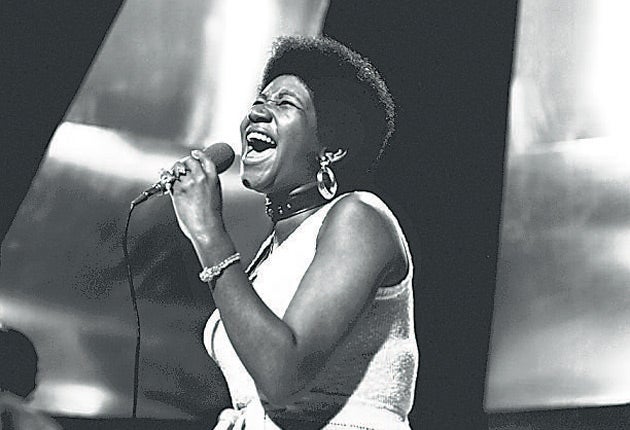
5 Aretha Franklin – Lady Soul
After years of underachievement, Aretha had finally found her muse with the previous year’s long player I Never Loved a Man the Way I Loved You. The immediate follow-up, Aretha Arrives was something of a disappointment, but any suspicions that she had peaked were dispelled with the aptly titled Lady Soul, which was every bit the equal of her classic Atlantic debut. This was Aretha redefining the term “soul”, with the many highlights including the self-penned instant classic “(Sweet Sweet Baby) Since You’ve Been Gone”, the extraordinary moving “Ain’t No Way”, the gritty “Chain of Fools” and a definitive version of “(You Make Me Feel Like) A Natural Woman” which was specifically written for her.
4 The Band – Music from Big Pink
The most influential album of 1968 took its name from the Band’s communal home where they recorded the fabled Basement Tapes with Bob Dylan and its inspiration from traditional American music. Music from Big Pink’s back-to-basics approach swam against the prevailing tides of the era, with the songs and the musicianship displaying a musical integrity rarely heard in rock music up until that point. The Band also boasted three wonderful singers in Richard Manuel, Rick Danko and Levon Helm, each with their own uniquely soulful voice, who brought Music from Big Pink’s songs vividly to life.The album’s broad canvas ranged from Dylan’s redemptive “I Shall Be Released” through traditional country ballads (“Long Black Veil”) to the spiritual grace of “The Weight” from Robbie Robertson, the Band’s main songwriter and one of rock’s most lyrical storytellers. And underpinning it all was multi-instrumentalist Garth Hudson who seemed able to draw inspiration from every genre of American music for his vast armoury of off-kilter sounds that gave the Band its unmistakable aura. Other artists now took their lead from this touchstone record, most notably the Rolling Stones, and it wasn’t even the Band’s greatest album. That would would come the following year. In the meantime, fellow musicians, music scribes and fans alike rejoiced in the understated pastoral brilliance of a record that Robbie Robertson described thus: “If everybody was going east, we were going west.”
3 The Beatles – The Beatles
The famous sprawling “White” double album was recorded in an atmosphere of tension and strained relationships as the group disintegrated, yet somehow a work of tremendous quality emerged even if it was the product of individual members pulling in different directions. There’s little cohesion here in the scattershot mix of styles, running order or anything else, just a lot of great songs interspersed with some not-so-great songs and some rubbish; there is much merit in the oft-repeated claim that with some judicious pruning The Beatles could have turned out to be the greatest single album ever made. A snapshot of just some of the great songs on The Beatles includes Lennon’s “Julia”, “Dear Prudence”, “Revolution 1” and “Happiness Is a Warm Gun”; McCartney’s “Blackbird”, “Birthday” and “Back in the USSR”; and Harrison’s “While My Guitar Gently Weeps” and “Long Long, Long”. With that quality, single record or not, it would still have to be a heck of a long album.
2 The Rolling Stones – Beggars Banquet
Delayed for months due to a dispute with their record label Decca over the album’s cover, Beggars Banquet found the Stones, like so many others in 1968, taking a step back in order to go forward. Thanks to the more grounded down-home approach of artists like the Band, the Stones would no longer have to pay lip service to the psychedelic excesses of the era and Beggars Banquet represented the Stones as they intended to go on – as the greatest rock’n’roll band in the world, a title they would make their own on a series of subsequent albums up to and including 1972’s Exile on Main St. The bulk of the album, as exemplified on “Parachute Woman”, “Prodigal Son” and “Factory Girl”, was rootsy country blues as authentic as any of the old masters that the Stones had imitated in their formative years. Jagger once more proved himself to be an adept social commentator, adroitly illustrating the revolutionary air of the times with “Street Fighting Man” in which he posed the pertinent question, “Well now, what can a poor boy do, except to sing for a rock’n’roll band?”, and chillingly adopting the persona of Lucifer over the hypnotic voodoo groove of “Sympathy for the Devil”. Arguably their greatest album, Beggars Banquet was the Stones’ last with Brian Jones, although he viewed much of its creation from the wings.
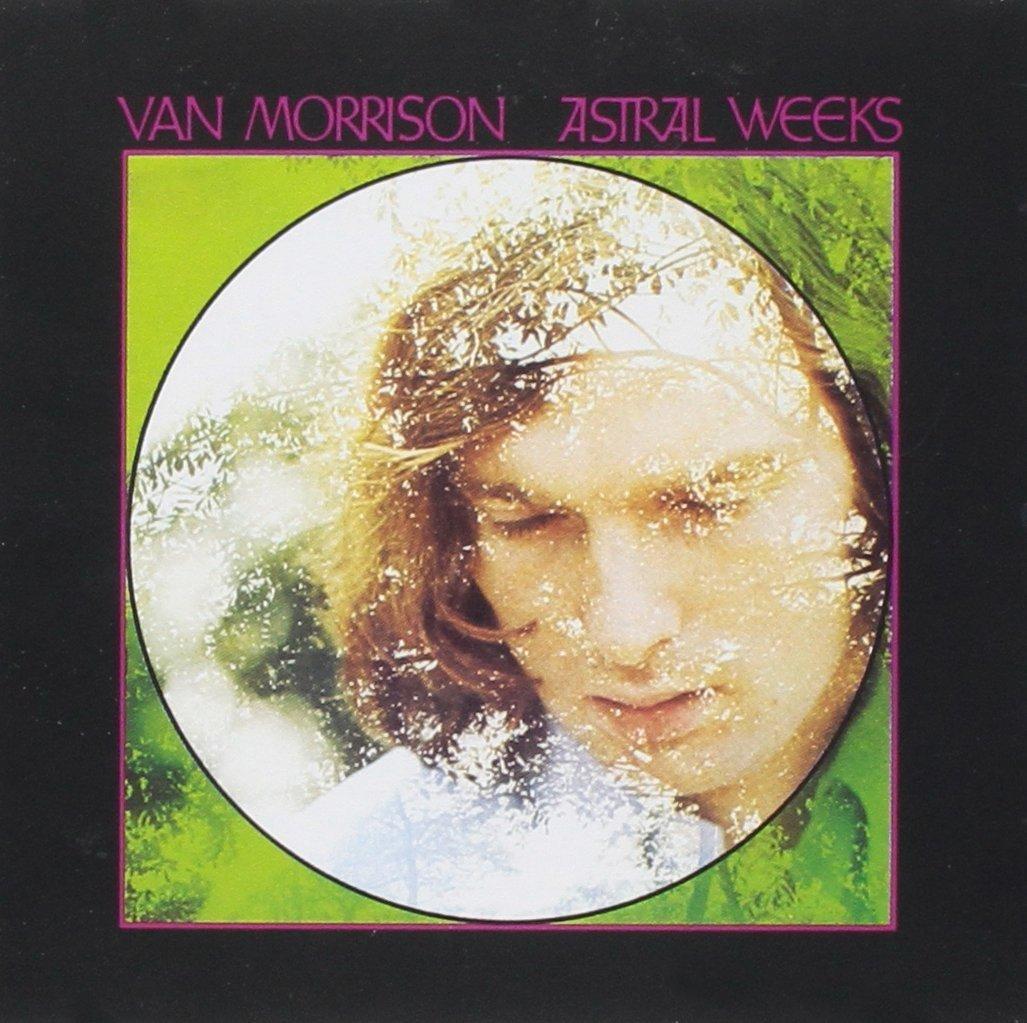
1 Van Morrison – Astral Weeks
Romantic, introspective, autobiographical, inscrutable. All of these descriptions and more apply to Morrison’s debut album proper – the uncategorisable fusion of rock, jazz, blues and folk that is Astral Weeks. Recorded in New York in just 48 hours studio time with a bunch of crack jazz session musicians 23-year-old Morrison had never met before, rarely has a record been so hotly debated, scrutinised and lionised. Yet, despite its classic status, Astral Weeks slipped under the radar in 1968 and it has never charted in the UK or US. From the epic swirl of the title track through Morrison’s adolescent memories of Belfast on “Cyprus Avenue” to the enduring mystery of exactly who “Madame George” is about, all bathed in a warm glow of flutes, cello and harpsichord and fuelled by the simpatico of Richard Davies’s double bass and Morrison’s youthful voice, Astral Weeks patented Morrison’s unique brand of Celtic Soul. Generally regarded as one of the greatest recordings ever made, the hyperbole is justified, with the album boasting a lyrical cycle of freeform impressionistic songs that rarely let go their intoxicating hold on the listener. Morrison has returned many times to the themes and motifs of his second solo album throughout his career, to gardens wet with rain, of being caught one more time up on Cyprus Avenue, of listening to Huddie Ledbetter, but he has never topped Astral Weeks.
Join our commenting forum
Join thought-provoking conversations, follow other Independent readers and see their replies
Comments